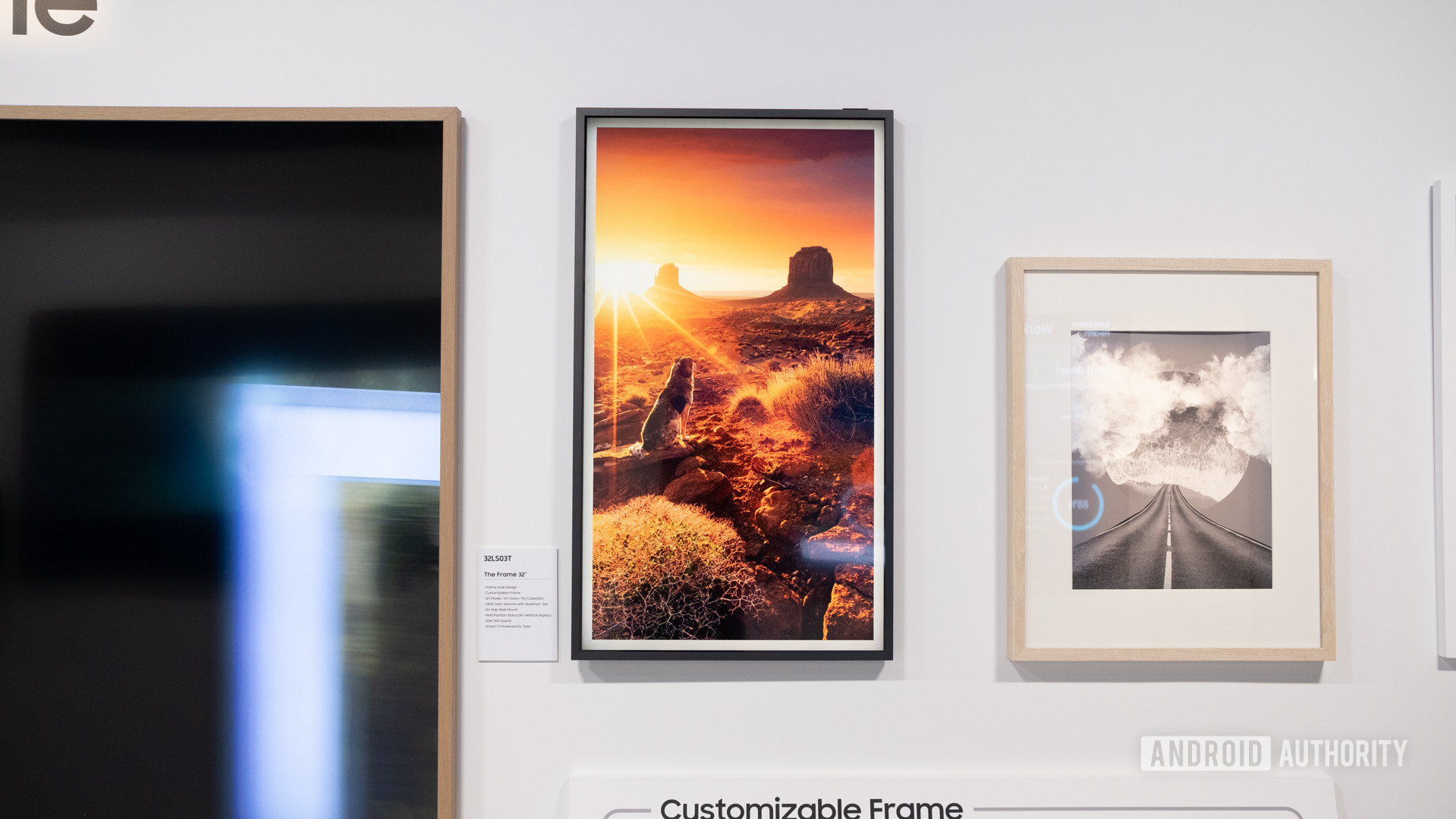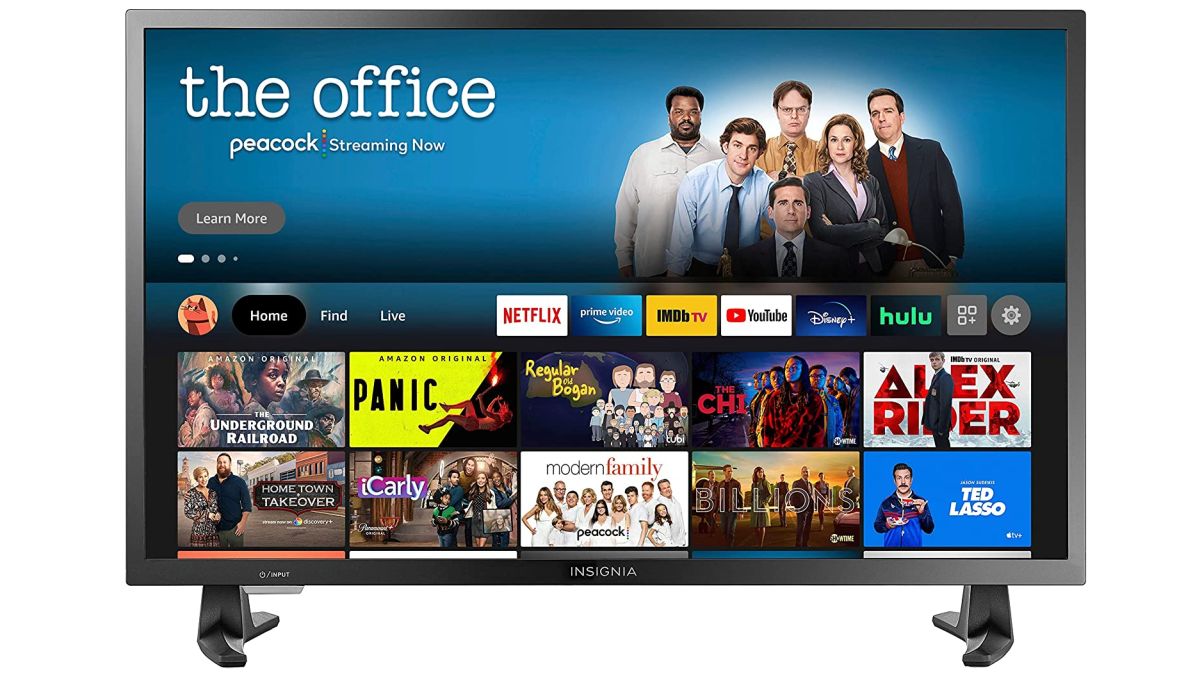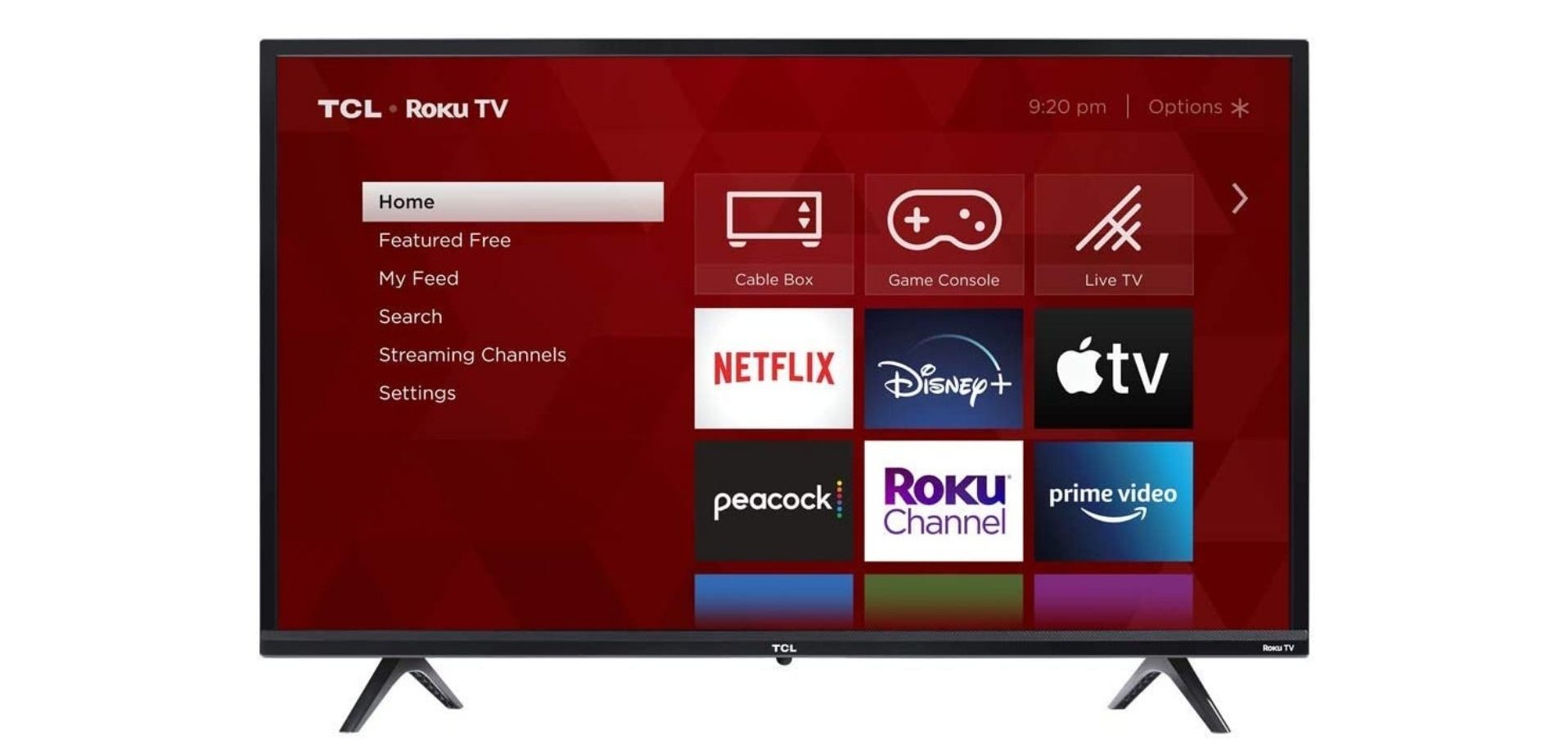Affiliate links on Android Authority may earn us a commission. Learn more.
How big is a 32-inch TV, really?
Published onJanuary 30, 2024

Bear with us here — while the answer to the question might initially seem obvious, it’s a little more complicated than you might think, since that 32-inch figure only applies across one dimension. If you’re planning to buy any smart TV, you’ll also have to consider weight, whether a box will fit into your car, and where your TV might realistically sit when it makes it back home. In our FAQ, we’ll also address some of the technical limitations of 32-inch sets.
JUMP TO KEY SECTIONS
How big is a 32-inch TV in practice?
The 32-inch figure stems from a rough diagonal measurement of screen size from one corner to another. That’s the standard classification system for all TVs, since what shoppers care most about is, of course, how large movies and shows will appear.
We say “rough” because in reality, some 32-inch screens may be marginally smaller. This isn’t meant to be a scam — it’s just a lot easier to market “32” than “31.9” or some other fractional number. You won’t notice when you’re watching video, trust us.
The full dimensions of a TV are more complex, including length and width not just for the screen, but for the total product frame including bezels and the rear. Modern bezels are increasingly tiny — often a centimeter or less — but can still vary significantly. The thickest part of a TV is always the rear, where ports and internal components are housed. The depth of a 32-inch TV can run anywhere from less than 3 inches (like TCL’s 32-inch 3-Series) to over 8, depending on how advanced its technology is.
If total dimensions legitimately matter to you, search for model specifications on a manufacturer’s website. Retail sites like Amazon should at least include overall height, width, and depth.
Note that most TVs also ship with legs or stands, and if you’re going to attach them, those can easily enlarge your footprint. You’ll probably have to track down leg/stand measurements separately.
How big is a 32-inch TV box?
A typical box for a 32-inch TV is about 32-plus inches long, 26 inches wide, and 8 inches deep. That tends to be significantly larger than the TV itself, but this is necessary to accommodate things like cables, manuals, legs/stands, and above all packing material. Glass is fragile, after all.
You should have no problems fitting a box in the vast majority of cars. Even if dimensions prove slightly larger, you should be fine, though you may have to drop your seats down in some cases.
How much does a 32-inch TV weigh?
This stat is a lot harder to narrow down, especially since technological evolution is constantly driving numbers downwards. Some modern 32-inch TVs are less than 10lbs (about 4.5kg) without any legs or stands, yet others can be 25 pounds or more. Most healthy adults should be able to lift one themselves.
The older a TV, the heavier it’s likely to be. CRT TVs from the ’80s and ’90s were so bulky that lifting one often required help, even at 32 inches. Mercifully, CRT technology is largely irrelevant now unless you’re a collector or a retro game enthusiast.
Is it big enough for your living room?

Yes, but mainly if you’re not picky or you plan to sit just a few feet away.
If you’ve got the budget, we strongly recommend choosing a set over 40 inches, preferably over 50. A 32-inch screen isn’t terribly immersive unless you’re up close, and many sub-40 TVs lack support for 1080p resolution, much less newer (and increasingly standard) formats like 4K, 8K, or HDR (high dynamic range). You’ll also be hard-pressed to find a sub-40 TV with advanced panel technologies like OLED or mini-LED, which improve contrast and colors.
A 32-inch set is best suited to places like your kitchen, office, bedroom, or home gym. These are rooms where space is at a premium, and where viewing is more likely to be casual. If you care about movies, watching Dune or 2001: A Space Odyssey is going to be a lot more dramatic on a 60-inch screen.
FAQs
Yes, and in fact some sets below that size support the resolution, such as Vizio’s D-Series. Many 32-inch TVs are limited to 720p, however, since it saves production costs and it’s often hard to notice the extra detail in 1080p below the 40-inch mark.
Yes, although it’s far from ideal. 1080p resolution will make some interface text fuzzy or pixelated, and we’d skip 720p TVs completely. You’ll want a set with a 120Hz refresh rate or better if you plan to do any gaming.
For these reasons it’s better to buy a dedicated PC monitor, no matter if it’s smaller. You’ll get more out of a 24- or 27-inch 1440p display than you will a 32-inch 1080p TV. If you really want to use a TV as a monitor, you should step up to 4K.
In theory, but unless you’re driving, transporting a TV this way is probably a terrible idea. For flights you’ll not only have to check the suitcase, but fill it with industrial-strength packing material for the TV to have a hope of arriving intact. Some airlines may have additional fees or restrictions.
